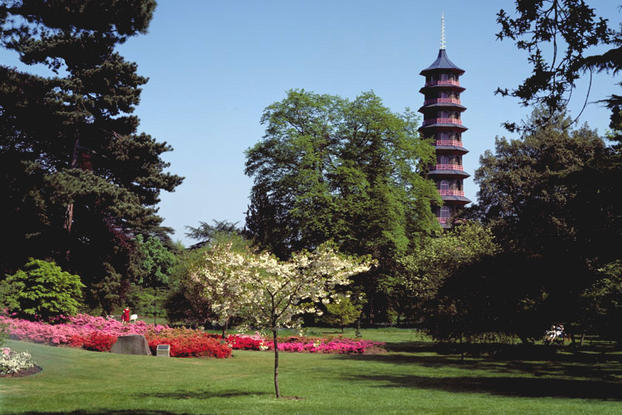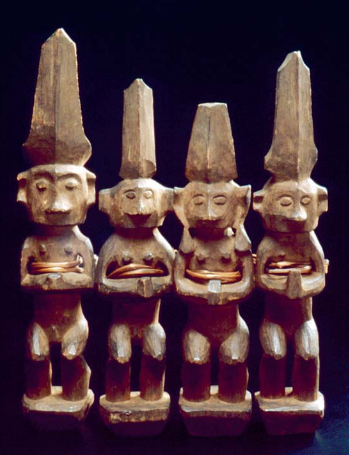So in our discussions about the female figure that we want to depict in our exhibition, I discovered a possible candidate in the form of Lady Elizabeth Yorke, also known as Lady Anson (1725–1760).
 Portrait of Lady Elizabeth Yorke, Lady Anson (1725–1760), by studio of Thomas Hudson (1701–1779). Inv. no. NT1271067. ©National Trust Collections, supplied by the Public Catalogue Foundation
Portrait of Lady Elizabeth Yorke, Lady Anson (1725–1760), by studio of Thomas Hudson (1701–1779). Inv. no. NT1271067. ©National Trust Collections, supplied by the Public Catalogue Foundation
According to Philip Wilkinson, author of several architectural books like The English Buildings Book, and Stephen Dowell’s Shughborough: Seat of the Earl of Lichfield, Lady Elizabeth Yorke was purportedly responsible for establishing the Chinoiserie style at Shughborough, Staffordshire. She was married to Admiral Lord George Anson, “the most famous naval officer of his day” who became extremely wealthy after capturing the Spanish galleon Nuestra Señora de Covadonga that was filled with American silver. Admiral Lord Anson had spent some time in Canton in 1743, though his opinion of the Chinese was coloured by a poor working relationship with them.
“They suggest the possibility that George’s wife, Elizabeth, was the family member most closely involved with the Chinese House. Chinoiserie, apparently, was an area of decorative design that found many female enthusiasts in the 18th century: perhaps Shugborough’s Chinese House is an example of this feminine influence.”(1)
Thus, using what we know of Lady Elizabeth’s background would add further historical accuracy to our project and communicate our idea that the Chinoiserie lifestyle was an imported idea that gained traction despite contact with those that had actually been to China and knew the Cathay was nothing but a European fantasy.



